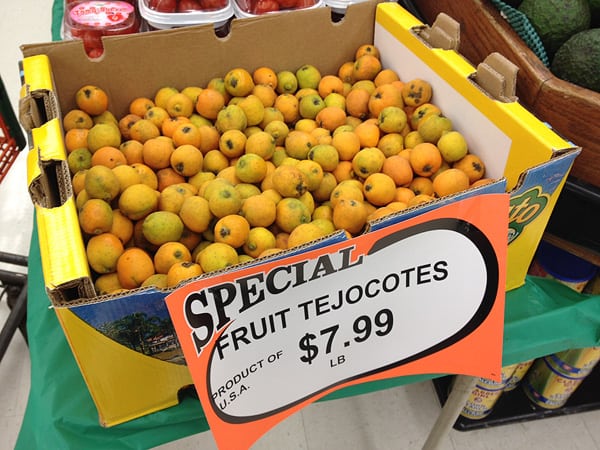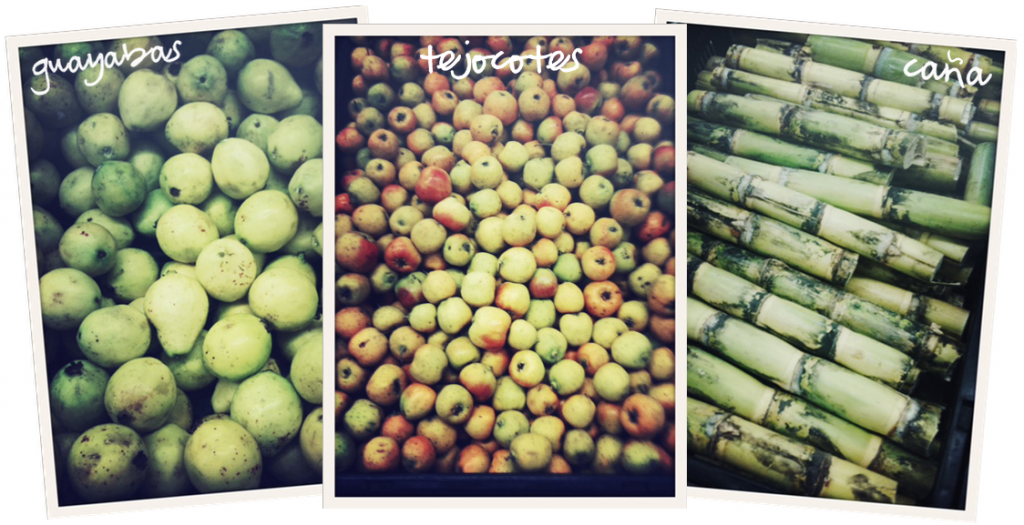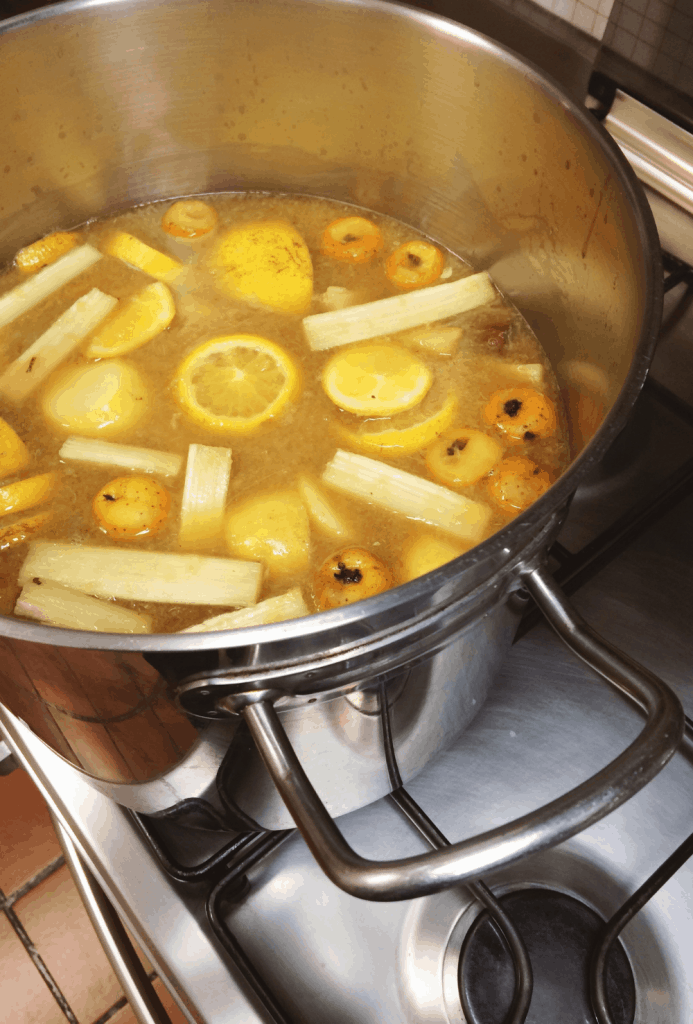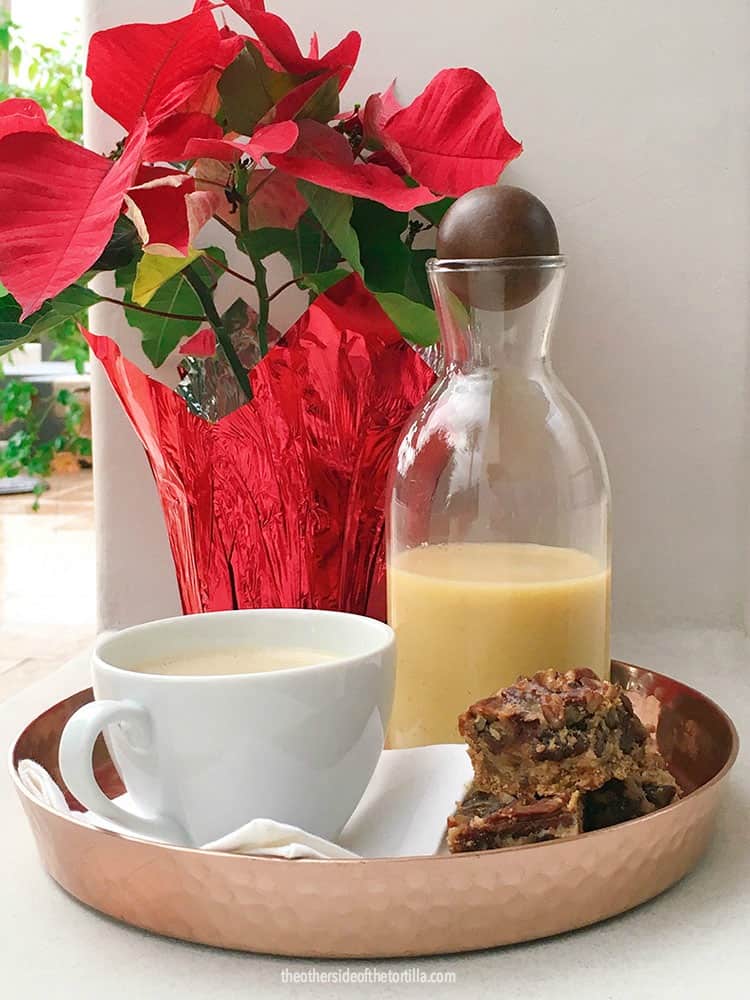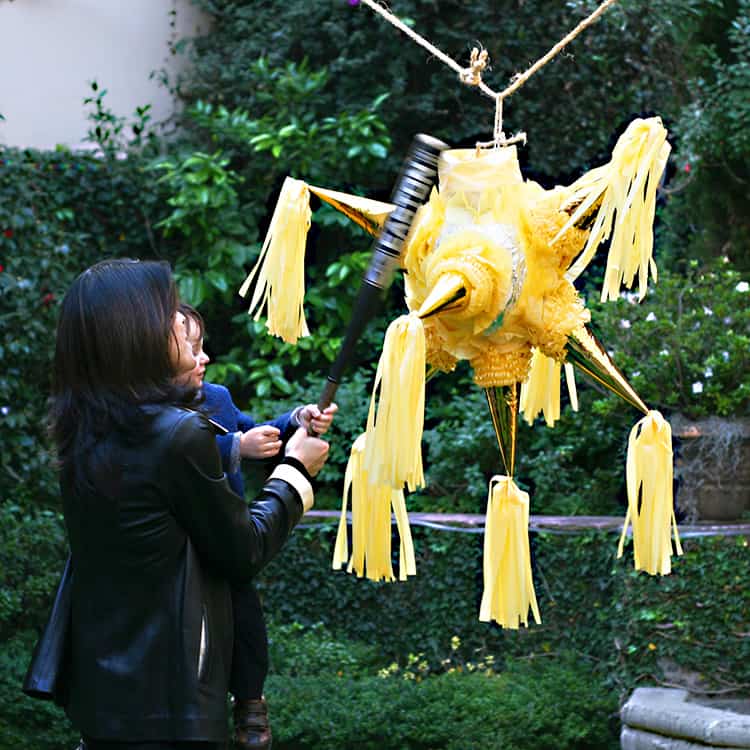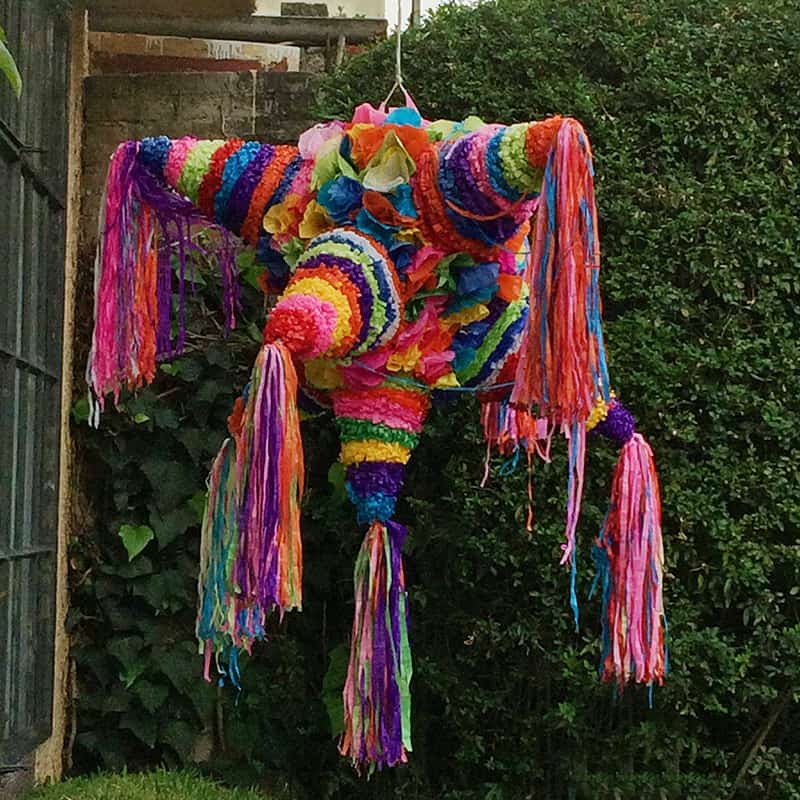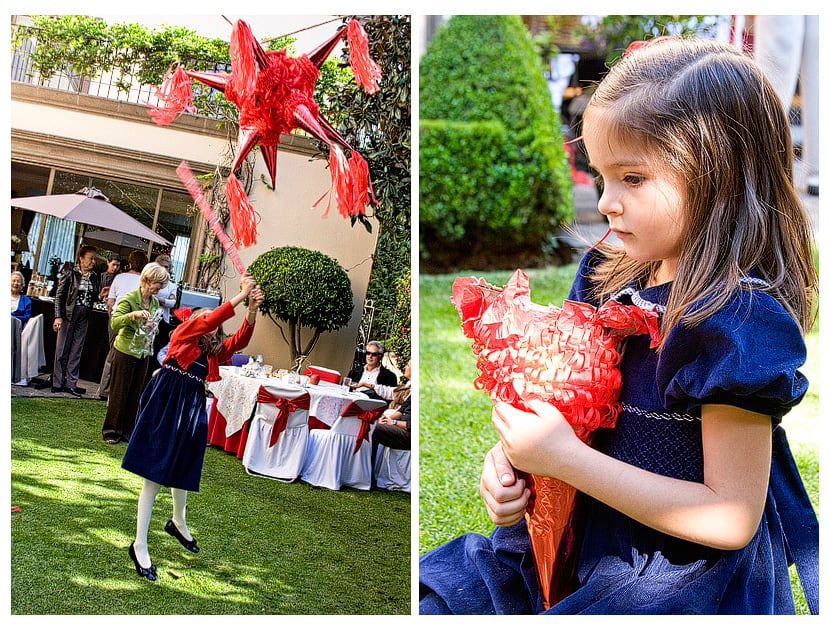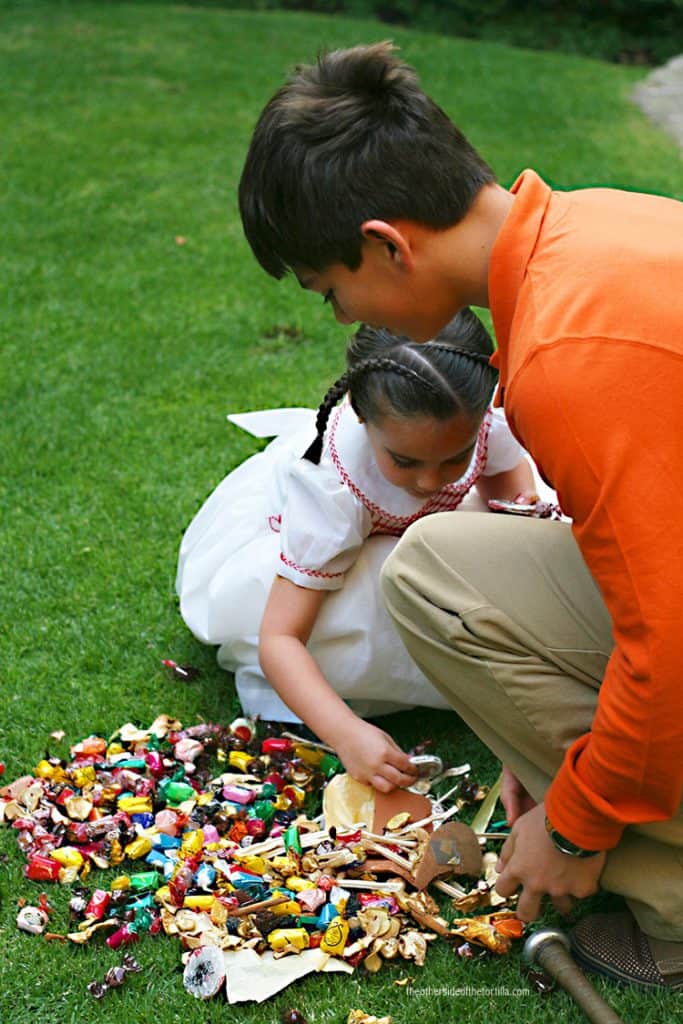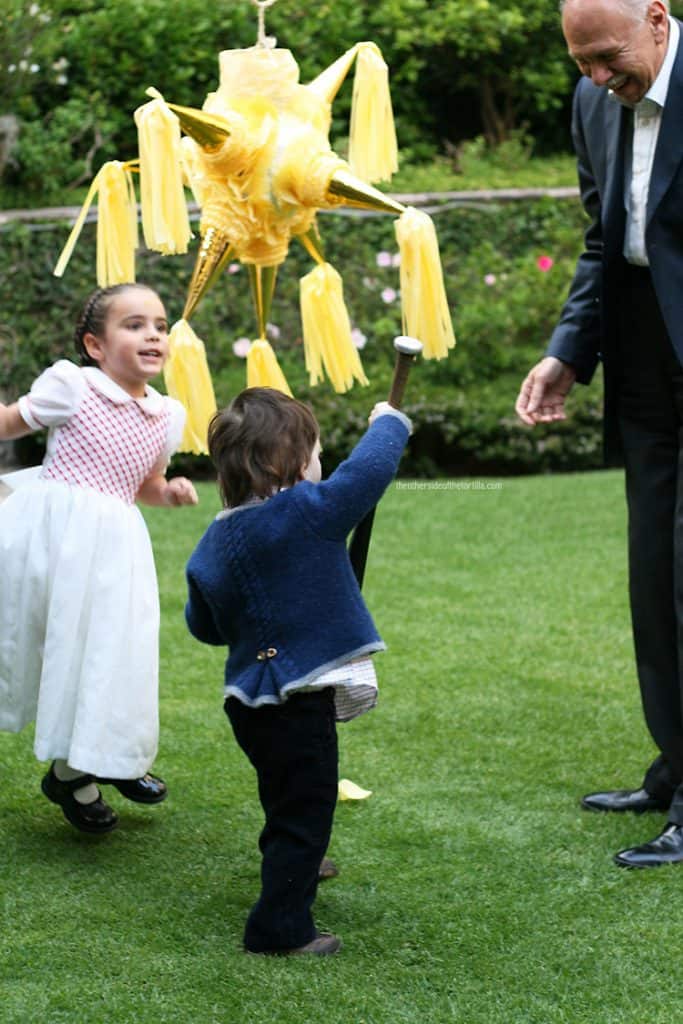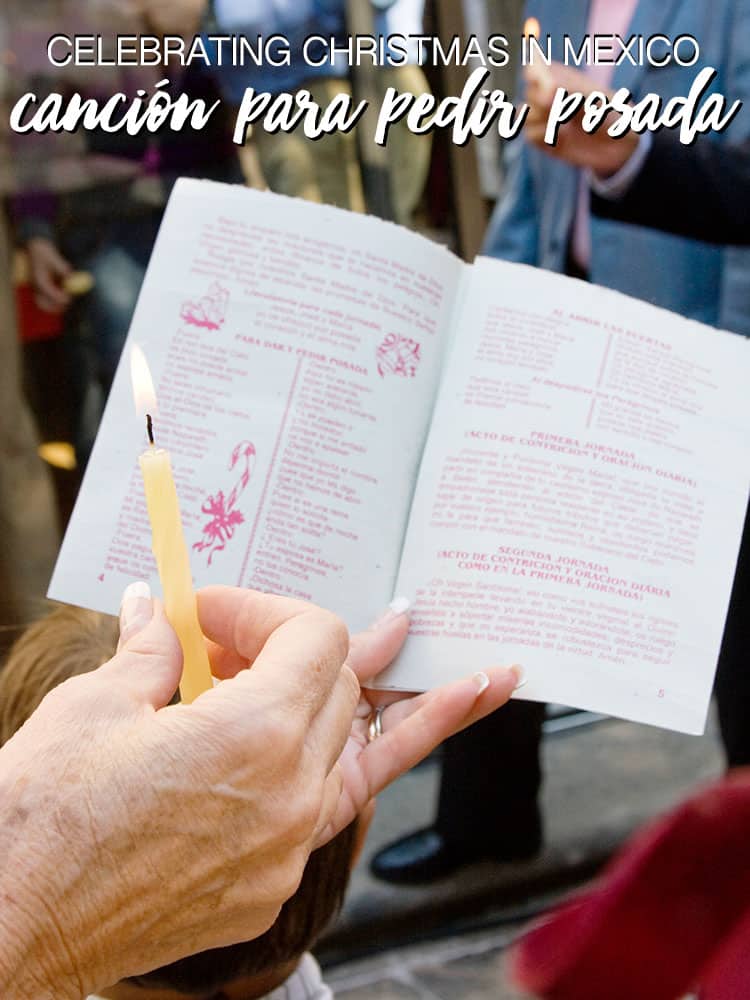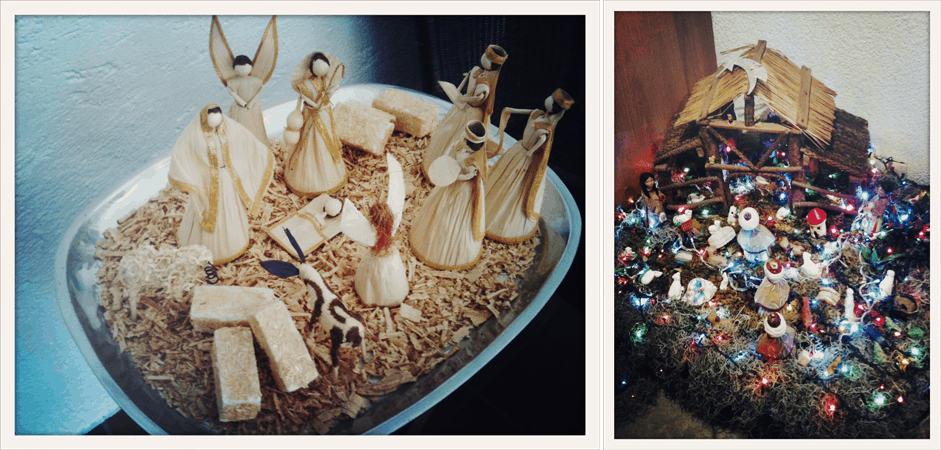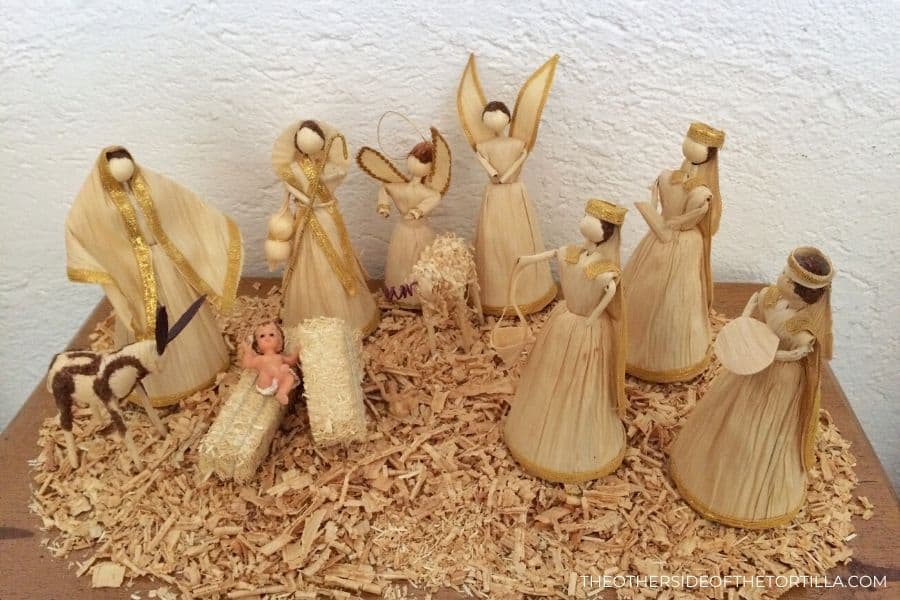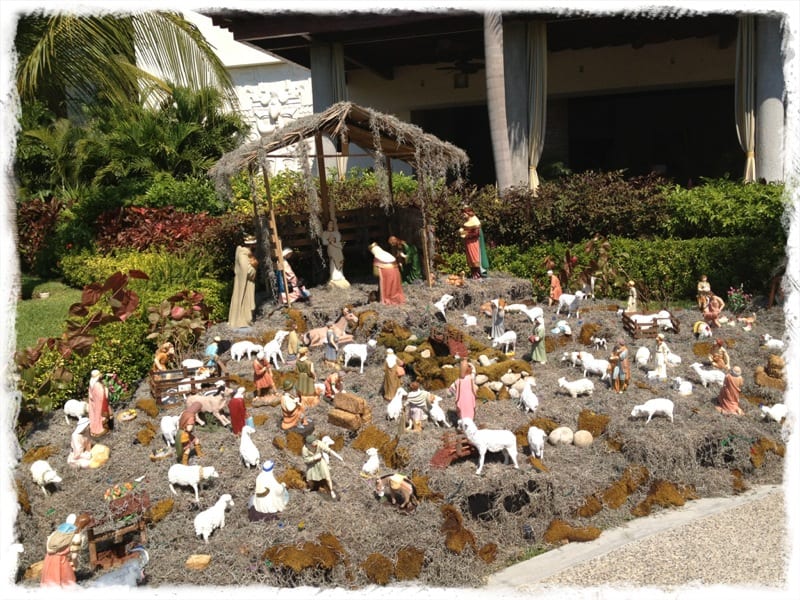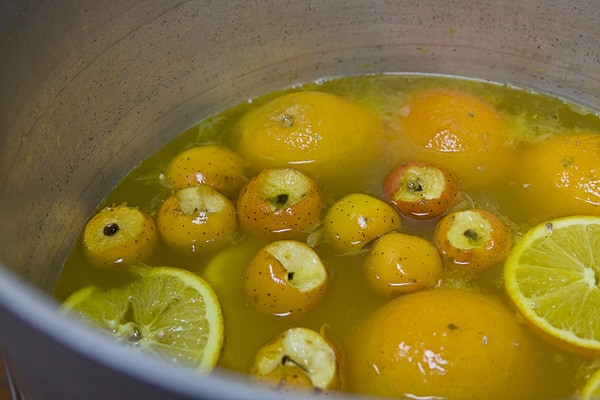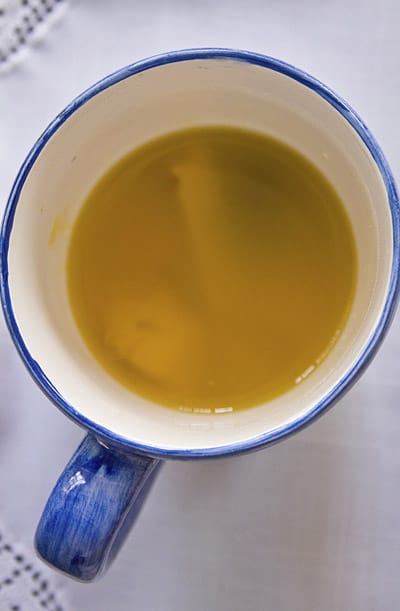 December 16th begins Las Posadas, the nine days of celebration leading up to Christmas Eve, also known as Nochebuena.
December 16th begins Las Posadas, the nine days of celebration leading up to Christmas Eve, also known as Nochebuena.
It’s customary for families to gather together, eat, sing and have a piñata at the party. Sometimes people celebrate posadas by going from home to home, singing the traditional song to ask for lodging the way Mary and Joseph did. But whether you travel around to different homes or stay in one place, there are certain elements of your family’s posadas that you inevitably love more than anything else, and will always try to recreate as you grow older, and especially as you have children so you can teach them your family’s traditions.
For me, the most beloved posadas tradition is making ponche Navideño. Every year, even if I don’t have access to fresh ingredients, I do my best to find canned, jarred or frozen ingredients for the things I can’t easily find in the U.S. Even though I know I’ll have it when I get to Mexico, I feel it’s really important to perfect the recipe at home with available ingredients.
I want our future children to know that it’s a Mexican Christmas staple and always have memories of the smell and taste. I want them to think of love and family and La Navidad when they think of ponche, just the way that I do. I always look forward to spending time with family in Mexico City during the holidays, and I know there will always be an abundance of ponche Navideño. It’s present at almost every family gathering but the most special thing about it for me is that it’s become a family tradition to make it together with my suegros, whom I adore con todo corazón.
We stand around the kitchen, my suegro chopping the caña (sugar cane), while my suegra takes care with the liquid measurements. I slice the guayabas and juice the oranges, add the canela and core the tejocotes. And before a few years ago when I finally put it on paper, our family recipe wasn’t officially written down anywhere with any information other than what should go in it. Learning how to make this family recipe with my suegros meant a lot to me in being able to eventually pass down this tradition.
So, last week when I was grocery shopping in a store I don’t usually frequent and I found a box of fresh tejocotes, I had tears in my eyes as I stood in disbelief in the middle of the produce aisle. This was the very first time I’d ever seen fresh tejocotes in a market near Chicago (also grown in the U.S., according to the box). Tejocotes have long been prohibited from being imported fresh from Mexico as a precaution due to the possibility of harboring exotic pests. Only in recent years have there been growers in the U.S. (mostly in California) who’ve begun cultivating crops of tejocotes, also known in English as Mexican hawthorn. I was surprised and overjoyed to see them in a local store. Though I was tempted to buy the whole box, I painstakingly picked through it to find the most perfect ones to add up to half a pound, just enough for one large pot of ponche.
This year, our family is still headed off on a vacation together as usual, but not within Mexico. As excited as I am to go somewhere new and experience new things, I can’t help but feel a little sad that I won’t be attending Tía Annette’s big posada Navideña in Mexico City.
I’ll miss sipping ponche and café con rompope and eating galletas with my other tías while catching up on all the gossip I’ve missed since my last visit. I’ll miss our tío dangling the piñata over the garden for the kids from the second story window, laughing and smiling as he tugs it just out of their reach. I’ll miss seeing how much some of the younger cousins have grown up this past year. I’ll miss Tía Nene and her famous pastel de dátil (something I still need to learn how to make). I’ll miss the nochebuenas, which are much more beautiful and exotic-looking in their native Mexico. I’ll miss posing for a huge family holiday photo, comprised of four generations of our beautiful family.
As I write this, my kitchen is perfumed by the scent of ripe guayabas, waiting to be made into ponche this weekend. There are oranges, tejocotes, canela and ciruelas pasas. I still need to find some fresh sugar cane; I have a good idea of where to get it locally, but I’ve still got some in a jar as a backup. And though there will be no cousins, tíos, piñatas, pidiendo posadas or certain favorite holiday foods this year, the memories will swirl steadfastly in my heart and my kitchen as I stew a big pot of ponche before I jet off to my holiday destination.
›› GET THE RECIPE FOR PONCHE NAVIDEÑO
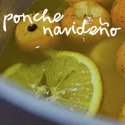
- What makes you think most of las posadas? This post is part of a blog hop about posadas. I encourage you to check out some of the other related posts about how others celebrate the holidays in Mexico. If you’ve written about posadas, please feel free to add a link to your post!…
